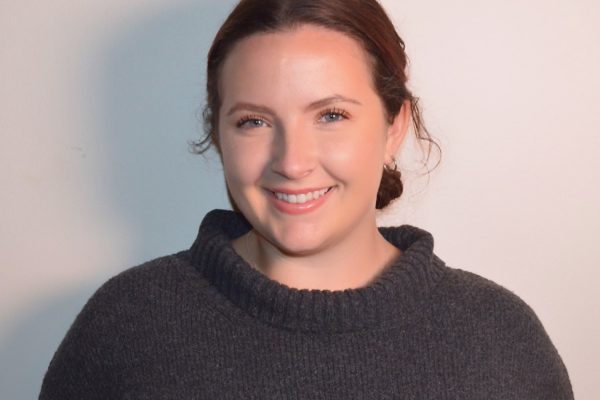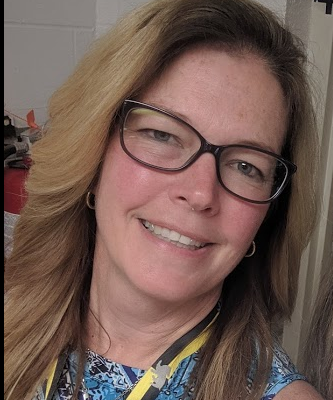This morning’s #satchat initially focused on the faculty meeting, but quickly turned into a powerful discussion about learning communities. I want to capture the essential points I gained so that I can reflect on these issues more in days to come.
First, do we consider schools learning communities?
In a learning community, all are considered learners who learn together by regularly sharing knowledge, gifts, skills, questions, ideas, and needs to move the collective community forward.
Next, in your learning community, are ideas, information, and process shared in a fluid, positive, open-minded manner?
Secrets are few. Mission, vision, and goals are created with the systematic, transparent input of all, and are regularly reviewed and revised to meet the learning community’s growth and work.
Also, in your learning community, is time treated with care, and not wasted with meetings that aren’t well planned?
Crowdshare documents and systems are used with lead time to cull conversations down to the most essential points, and real-time is used for our most worthy discussion in effective, efficient, and inclusive ways–ways where no one voice dominates, but all have a chance to participate.
In addition, do leaders model what they expect in the community with regard to communication, share, growth, and learning?
Leaders readily share their learning in effective and efficient ways promoting a culture of learners and responsive action. Leaders, whether they be student leaders, classroom leaders, school leaders, parent group leaders, or system leaders, adopt growth mindsets looking for ways to build and develop their practice in transparent ways for best effect. Servant leadership is a powerful model for learning communities. Authors and books recommended during the #satchat including Deming and Senge, Greenleaf, Musashi, Book of 5 Rings, Napolean Hill, Carnegie, Godin, Sun Tsu, “All Systems Go”, “The Fifth Discipline”, and “If You Don’t feed the T’s they Eat the S’s,”
Is your learning community effective, and are systems streamlined and transparent?
Efficient and effective learning communities that serve mission and vision rather than the system itself make a difference. In schools that means that most time is spent serving children with quality time-on-task efforts and work. Additional time is spent in worthy, effective collaborative learning design in order to produce the best possible programs for children.
What can you do?
From where you sit in your learning community, what do these notes mean to you? For me the #satchat discussion and these notes point to the following actions:
1. Know others well and expect best intentions. As a veteran teacher, I’ve often been disappointed with the inefficiency and sometimes oppression inherent in schools, but as we move forward I want to relay my questions, thoughts, and ideas with positive intent, a sense of camaraderie, and promise with an eye on future growth, collaboration, and serving children well.
2. I want to continue to learn about and strengthen my ability to be a servant leader in my role as teacher. With this in mind, I will continue to find ways to study, hear, observe, and respond to my learners’ needs and interests with strength, care, and deliberate action.
3. As a member of the learning team, I want to find ways to hear my colleague’s ideas, and work together to build effective collaborative teaching and learning initiatives. Our PLC gives us an opportunity to do this with strength.
That’s my initial response to this morning’s powerful, global chat. Thanks to the wonderful moderators who encourage this think and work every Saturday morning: Brad Currie and Scott Rocco, and the many other moderators of #satchat including Shelley Burgess, David Culberhouse, Darrin Jolly, Amy Illingworth, Billy Krawkower Jay Graham (Indonesia), Holly Fairbrother (Singapore), and Andrea Stringer (Australia). I appreciate.
Originally posted to Maureen Devlin’s Blog.
 Print this post
Print this post



